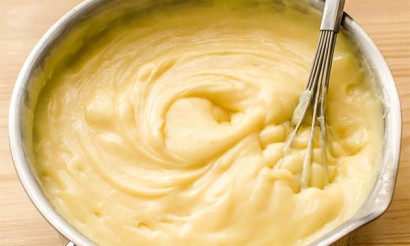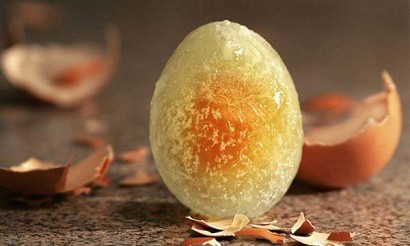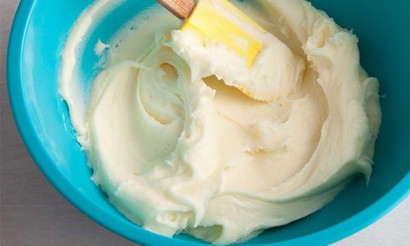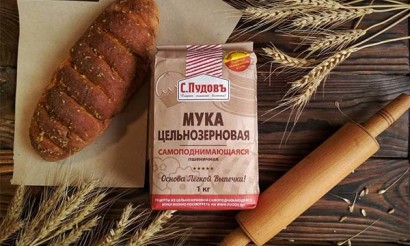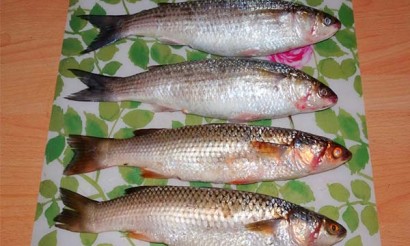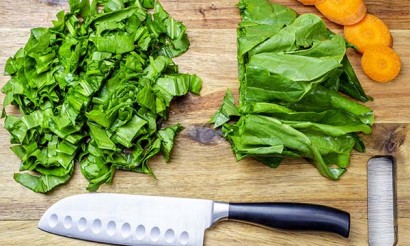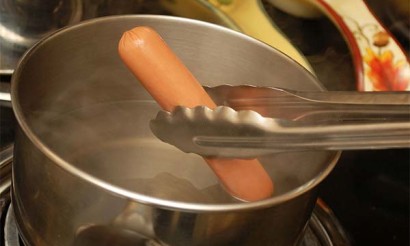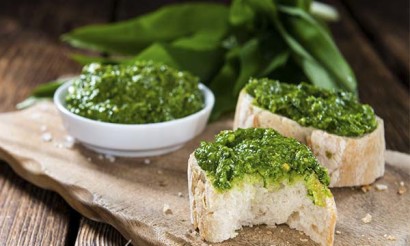How to dilute milk powder: useful tips
Milk is characterized by its usefulness and nutritional value, so it should be drunk by people of all ages. A long time ago, the technology of obtaining dried milk, which successfully replaces its natural counterpart, was invented. The powder is used both in manufacturing and at home in cooking. By diluting from the powder, it is easy and simple to obtain already reconstituted milk, ready for consumption and cooking, which are actually no worse. But it is important to know how to properly dilute milk powder in water, so that the product does not lose its usefulness and does not become harmful.
Technology of drying
It may seem that powdered milk is chemistry. But it is actually a natural product. It is simply made in special equipment by drying liquid milk. As a result, the powder has less weight and can be stored much longer than the liquid version. No special storage conditions are required, so the powder is often used by businesses. It is more advantageous for them to buy the product and not to worry about its safety, because it can be stored for up to 9 months in a dry place, while liquid milk should be kept in the refrigerator and only for a short time.
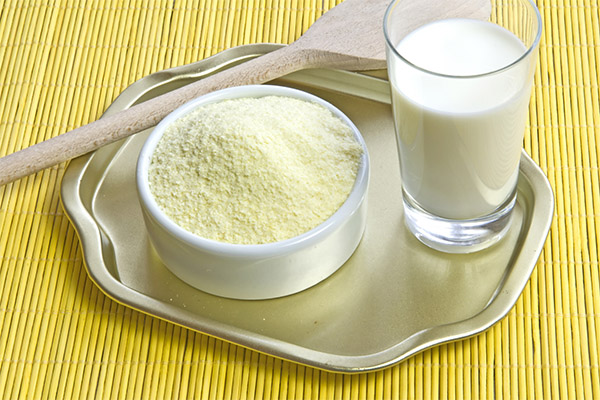
In the household, the powder is also widely used. In the conditions of the big city it is difficult to get natural milk from the cow, and in stores the product is markedly different from the village real milk. Therefore, many housewives buy dried milk, so that then, if necessary, to get liquid milk for drinking or cooking.
There is no need to worry about the fact that the milk will soon go bad. Often people think that dried product can not be natural. Of course, it is difficult to call any powder completely natural. But the technology of drying is such that water is removed from the liquid product in the process. Useful substances remain, so it is rarely allergic. The technology has been successfully used since the 19th century. There is no need to worry about quality if the product is purchased from a reliable manufacturer.
Only natural cow's milk is used for the production of the dry analogue. Due to special equipment, the liquid is first thickened and then dried at high temperature and crystallized.
Product composition
To be convinced of the value of the dry product is easy if you study the composition. The powder has a caloric value of up to 550 kcal per 100 g of weight. Skimmed version has a low caloric value - up to 370 kcal.
The product contains about 26 g of protein, which attracts bodybuilders, fats - 27 g, carbohydrates - 38 g. This contrast in the composition with liquid milk is explained simply: after diluting with water, the amount of FU and other elements will decrease, if you count already from 100 ml of the finished product.
Such milk is rich in vitamins: A, group B, D, C, PP, E. It is rich in potassium, sodium, iron, iodine, calcium, manganese, sulfur, selenium, potassium, magnesium, and essential amino acids.
The composition of the powder will differ depending on the type:
- Whole. The powder is distinguished by having the highest percentage of fat in its composition. However, for this reason it is considered the most nutritious. Because of the high fat content, the shelf life of whole milk powder is small, if compared with other types. This type of powder is usually used by housewives in cooking.
- Skimmed milk. From the name it is clear that here the minimum fat content. The technology is such that whole milk is used to produce the powder, but after the preliminary removal of excess fat from it. Even then such skimmed milk is dried in the equipment. The result is a skim milk powder that can be stored for up to 9 months. It is usually used to add to confectionery products. But it is also often consumed at home, as it carries less health hazards. There is also demand for the powder from cheese factories.
- Quick-soluble powder. It is used, as a rule, in the production of baby food and those products for which it is important to dissolve as quickly as possible. The powder is rich in all the compounds described above. Simply the technology is changed: the obtained components are mixed, moistened and re-dried after the first drying.
How to properly dilute powdered milk

As a side note:
- 1 teaspoon with a slide - 12 g;
- 1 tsp. without the slide - 5-7 g;
- 1 tablespoon with a slide - 25 g;
- 1 tablespoon without the slice - 20 grams.
In fact, everything is simple, because you need to bring the powdered milk back to a liquid state, so many people just dilute the powder with water "by eye". Although here there are nuances of preparation, which is important to know.
It is necessary to observe the proportion. The manufacturers themselves advise to aim for a ratio of 8 (water) to 1 (powder). For example, if you use 200 ml of water, you need to dissolve in it about 5 teaspoons without a hill (25 g) of powdered milk. And it is necessary to use warm water, so that the dilution process was correct. But this is relative, because the proportions may vary depending on the objectives of the hostess.
Some even advise to dilute it 10 to 1. But this is reinsurance, so that in the end did not come out too fatty milk.
Recommendations for cooking:
- Dry milk dissolves well in warm water. If you use cold liquid, some of the powder will just become "lumps" that are hard to get rid of later.
- You should not use hot water, as the powder will curdle. Therefore, the best option is warm water, but not immediately after it has been boiled. And boil water almost always, since not everyone has filters at home. Therefore, it is necessary to wait after boiling until the water is at least not scalding.
- It is not recommended to use a mixer in the preparation process, if you do not want to get milk foam instead of milk.
- In the process of diluting dry powder at home, you should adhere to the following recommendation: gradually add warm water to the powder and stir well. It is water into the powder. If you do the opposite (ie, pouring the powder into the water), then you will have a long time to get rid of lumps.
- It takes time for the powder to finally dissolve. Therefore, you should let the milk stand for a while.
There is an opinion that powdered milk is not milk at all. This is a mistake, and you can use such a diluted product on a par with ordinary milk, because the benefits do not go anywhere. In fact, the competent dilution of the powder is the process of restoring its former state. Therefore, you should not be afraid to use it.
There is also an opinion that powdered milk is harmful and dangerous. Although this is a misconception, because even purchased milk often contains powder. All large companies producing dairy products use dried milk in production, as in winter there are always problems with supplying the right amount of natural raw materials.
It is worth noting that diluted milk has slightly less useful properties than the milk obtained from the cow. But it is by no means harmful. The only harm is lactose for those who can not tolerate it. It is also found in powder. However, people who are lactose intolerant should not drink ordinary milk.
Roughly speaking, if you have to choose between natural country milk and reconstituted in water powder, the first option is better. But if the choice is between regular pasteurized milk from the store and diluted powder, there is virtually no difference. So you should not believe that powdered milk is a priori harmful.
But there are nuances. The fact is that even here there are unscrupulous manufacturers who allow themselves to add vegetable fats to the powder to replace milk protein. Therefore, it is very important to read the composition on the product packaging in the store, because such additives not only make milk devoid of many useful properties, but even dangerous for the body.
The technology of obtaining liquid milk at home
Milk is required for different needs, so the technology of preparation may differ. This specificity must be taken into account in order to end up with a product suitable for consumption.
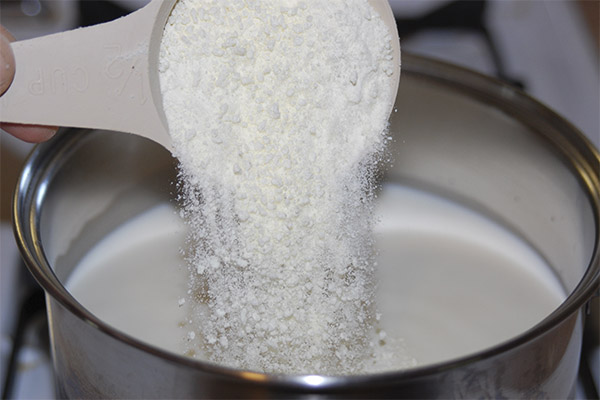
To get a glass (200 ml) of ready-made milk with a fat content of 3.2%, you should add 6-7 teaspoons of powder in water. If it is too fatty, then the number of spoons should be reduced to 5. Then the fat content of the finished milk will be about 2.6%. For an accurate calculation, you need to know the fat content of the powder itself (indicated on the package) and have a measuring spoon.
When the hostess has decided on the amount of powder, it is time to prepare water. It is good if there is a filter. In another case, you can boil the water and wait until it cools to about 60 degrees.
You need to take a bowl of suitable depth, where to pour a measured amount of dried milk. Then gradually pour there the water in a thin stream, simultaneously stirring the composition with a spoon. So it is necessary to continue until a full dissolution is achieved, and pour out the rest of the water. For complete cooking, you need to leave everything for 10-15 minutes.
The importance of proportions
There are different dishes, and they require milk of different fat content. For the food to turn out delicious and useful, it is required to dilute powdered milk correctly, that is, considering the proportions. The option above referred to the restoration of the original state of milk from powder. Usually it is a liquid for drinking. But often hostesses make dishes with milk, and here you can already improvise.
Pancakes
For example, to make pancakes, the powder does not even need to be diluted in water. It is more convenient to add the necessary ingredients (salt, sugar, eggs) and mix everything well. Only then you can add warm water to the mixture.
You need 2-3 eggs, a pinch of salt, a few spoons of sugar to taste and 5-7 spoons of powdered milk. After stirring, pour 300 ml of water. Again, water into the mixture, but not the other way around. Gradual addition of water and stirring in parallel produces a homogeneous mass without lumps.
After adding 1-2 cups of flour to the mass, stir it all up again until smooth. At the end pour more lean oil. The classic recipe for pancakes is ready. Each hostess has her own recipe, so the parts of the components can be changed as desired.
Porridge
To prepare porridge with milk, when determining the proportions for dilution, proceed from the final fat content of the finished product. It was mentioned above that to get the optimal milk with a fat content of 2.6% you need about 5 spoons without a hill per 200 ml of water (or 6 tablespoons without a hill per 1 liter). This should be enough to make semolina, rice, buckwheat, etc. If someone wants fattier, no one forbids adding a little more powder, but the manufacturers state that to get any amount of reconstituted milk, the proportion of 8 to 1 should be followed.
One standard serving of 200-300 grams of porridge will require a glass of water and 5 tsp of powder. Correspondingly, 4 servings will already require a liter of water and 6 tablespoons of powder.
Dilution technology is the same as milk reconstitution: warm water is also gradually added to the powder with constant stirring. The only difference is that there is no need to leave the cooked milk for 10-15 minutes. When a homogeneous mass is achieved after mixing, you can immediately pour in the grits and cook the porridge until fully cooked.
Baby food
For baby food, powdered milk is also often used, and as part of special mixtures, and in its usual form. It happens that girls do not have their own milk for feeding, or the mother simply decided to end breastfeeding. Another situation is when the baby needs more milk as he grows, and the mother does not have enough. It is impossible to deprive a small child of useful components. Therefore, the problem is solved by powdered milk, because there is nothing harmful in it. And it is convenient in principle, because the powder can be stored for a long time.
The first thing to make sure that the product is bought from a reliable manufacturer, and there are no suspicious substances, such as vegetable oils (especially palm oil).
Be sure to consult your doctor, who will take into account the individual characteristics of the baby. If there are no special requirements for fat content, you can safely prepare milk for the baby, guided by the instructions on the package.
It is important to visit your doctor. After all, it may turn out that the child is allergic to fatty milk. Then the proportions will need to be carefully adjusted.
Possible harm and contraindications
Diluted milk can be harmful. But this is not because it is from powder, as the harm carries and ordinary milk. You just need to watch the proportions, so that you do not end up with a product that is too fatty. The rest depends on the amount of product consumed and individual tolerance. If a person likes to drink liters of milk every day, it can be harmful, regardless of its initial state.
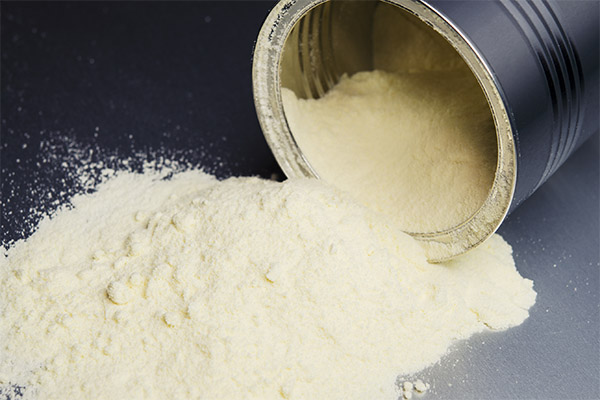
It is too fatty milk that is often the cause of problems. If a person has diluted not 6 teaspoons but 8 in a liter of water, it is clear that this is a large dose of cholesterol, which can harm the body if the product is consumed daily or in large quantities.
Another problem associated with overly fatty reconstituted milk as a result of poor proportions is atherosclerosis. This also includes damage to the heart and blood vessels, a general deterioration of the condition.
It is not recommended to drink diluted milk before going to bed or in the morning after exercise. It contains casein, which takes the body about 2 hours to process.
The main mistakes of hostesses when diluting powder
- Diluting a product from a negligent manufacturer or ignoring the study of the composition of the powder.
- Using a product that has been stored incorrectly or is past its expiration date.
- Using cold water when diluting. This will definitely lead to poor and incomplete dissolution, the formation of lumps. Not only is it unpleasant (chewing lumps in your mouth), but not all of the powder will dissolve, which means that the milk will not turn out as expected.
- Using boiling water. If you pour water over 60 degrees, it will certainly lead to curdling of the milk in the end.
- The use of electric appliances that will make milk foam, and all the powder will also not dissolve. You should do everything by hand.
- Incorrect sequence. The desired result will be only with the gradual addition of water to the milk powder, and not vice versa. Otherwise, you can not avoid the formation of all the same lumps.
- Failure to observe the proportions. This will result in not useful, but even harmful milk.
Instead of a conclusion.
There is no difference between liquid milk from the store and the dry version. The technology of drying is such that only water is eliminated. Only improper dilution, when you end up with a product that is too fatty, can cause harm. Then there can be health problems after consumption.
If everything is done correctly, then the reconstituted milk will only benefit. The exception is individual intolerance.
Many girls are intimidated by the caloric content of the powder. Whole milk powder has a figure of up to 500 kcal. This is a lot, but everyone forgets that the powder still needs to be diluted. If you take 120 grams of powder and dilute it in a liter of water, you get about a liter of milk. So there will only be about 40-50 kcal in 100 ml. And this is exactly the same amount as in store-bought milk. So fear for your figure just do not.
«Important: All information on this site is provided only for introductory purposes. Before applying any recommendations, please consult with a specialized health care professional. specialist. Neither the editors nor the authors are liable for any possible harm caused by materials."

